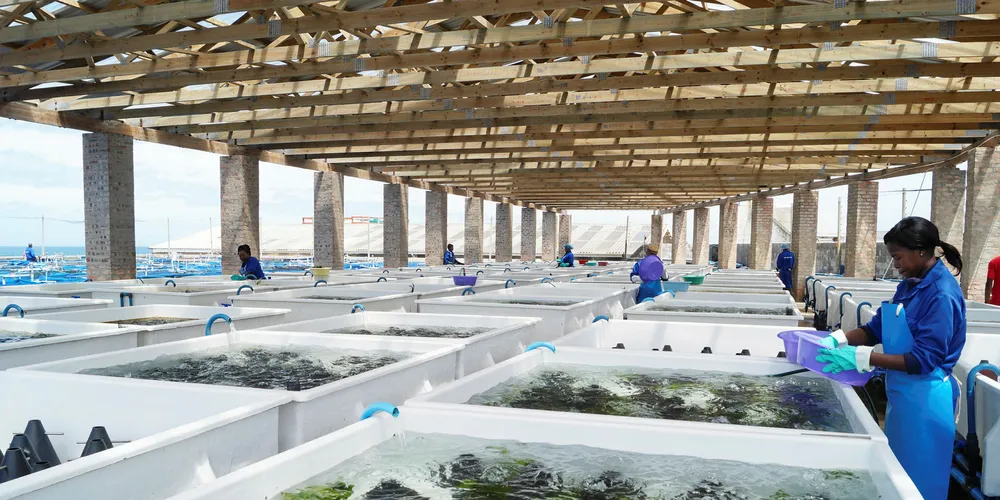Farm Focus: Inside one of South Africa's biggest abalone operations
IntraFish went on an exclusive tour of Abagold's farming, feed production and processing operations.

IntraFish went on an exclusive tour of Abagold's farming, feed production and processing operations.
